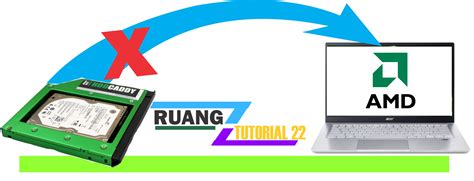AMD Claymore's Miner Not Reading GPU: Troubleshooting Guide
Claymore's Dual Ethereum AMD+NVIDIA GPU Miner is a popular choice for cryptocurrency mining, but sometimes it can encounter issues reading your AMD GPUs. This can be incredibly frustrating, leaving you with idle hardware and lost potential earnings. This comprehensive guide will walk you through the most common causes and effective solutions for this problem.
1. Driver Issues: The Most Common Culprit
The foundation of any successful mining operation is having the correct and up-to-date drivers. Outdated or corrupted drivers are often the root cause of Claymore's miner failing to recognize your AMD GPUs.
- Solution:
- Completely Uninstall Existing Drivers: Use Display Driver Uninstaller (DDU) in safe mode to thoroughly remove all traces of your current AMD drivers. This ensures a clean slate for installation.
- Install the Latest Drivers: Download the latest AMD Adrenalin Edition drivers directly from the official AMD website. Choose the drivers specifically designed for your GPU model.
- Reboot Your System: A reboot is crucial after driver installation to allow the changes to take effect.
2. BIOS Settings: Ensuring Compatibility
Your BIOS settings play a critical role in GPU communication. Incorrect settings can prevent Claymore's miner from accessing your hardware.
- Solution:
- Check PCI-E Settings: Ensure that your PCI-E slots are set to their highest performance mode (typically Gen 3 or Gen 4). Consult your motherboard manual if you're unsure how to adjust these settings.
- Power Management: Disable any power saving features in your BIOS that might limit the GPU's power draw. Your GPUs need sufficient power for optimal mining performance.
- Above 4G Decoding: This setting (if available) should be enabled to allow your system to access more than 4GB of memory per GPU. This is crucial for mining efficiency.
3. Claymore's Miner Configuration: Double-Check Your Settings
Incorrect settings within Claymore's miner itself can also lead to GPU recognition problems.
- Solution:
- Review the Batch File: Carefully examine the batch file you use to launch the miner. Ensure that the path to the miner executable is correct, and that any specified GPU IDs accurately reflect your system configuration.
- Check for Typos: Even a small typo in the command line can cause the miner to fail. Double-check every character to ensure accuracy.
- GPU IDs: Ensure you are correctly identifying your AMD GPUs in the miner's configuration. Use the correct IDs and avoid overlaps. Often, the AMD GPUs are listed as "0", "1", "2", and so on. Incorrectly specifying the GPU IDs will result in the miner not seeing the cards.
4. Hardware Issues: A Less Likely Culprit
While less common, hardware problems can interfere with GPU communication.
- Solution:
- Check Cable Connections: Make sure all power cables are securely connected to both the GPU and the power supply. Loose connections can cause intermittent issues.
- Reseat the GPUs: Gently remove and reinsert your graphics cards into their PCI-E slots, ensuring a firm connection.
- Test Each GPU Individually: If possible, try mining with only one GPU at a time to isolate potential faulty hardware.
5. Overheating and Power Supply Issues
Extreme temperatures or insufficient power can lead to the miner failing to recognize GPUs.
- Solution:
- Monitor Temperatures: Use monitoring software (like MSI Afterburner) to track your GPU temperatures during mining. High temperatures could indicate a cooling problem.
- Check Power Supply Capacity: Make sure your power supply has enough wattage to support all your GPUs and other system components. Underpowering can cause instability and recognition issues.
By systematically checking each of these areas, you'll significantly increase your chances of successfully resolving the issue and getting your AMD GPUs back to mining efficiently. Remember that patience and methodical troubleshooting are key to solving this problem. Good luck, and happy mining!
